Today, the rules and principles of court may seem like common-sense, designed to be free, fair, and dedicated to justice. However, throughout history, legal authorities have come up with procedures that can seem slightly odd at times, while bordering on the absurd in others.
Cadaver Synod

The Cadaver Synod is definitely up there on the list of bizarre trials, and it remains one of the most infamous trials in history. The 9th and 10th century were trying times for the church; multiple internal factions were fighting for the top job, and the papacy changed hands over 20 times in 90 years.
In 897 CE, Pope Formosus, or rather, his corpse, was one particularly morbid casualty of the church’s political turmoil. Having initially been condemned and called a traitor by Pope John VIII, he was later absolved by Pope Marinus I, and was eventually appointed Pope himself in 891 CE. His successor, Pope Stephen VI, believed Formosus to indeed be a traitor, and decided to make an example of him by exhuming his corpse and making it stand trial.
In keeping with tradition, the body was dressed in ceremonial papal robes, and Formosus was even assigned a deacon (a low-ranking member of the church) to defend him in court against the charge of perjury. Naturally, Stephen VI was not persuaded by the deacon’s defence; he pronounced Formosus guilty and ordered his reburial. He later changed his mind and ordered the church to dig up the corpse again and throw it in the river Tiber.
The Trial of The Rooster of Basel
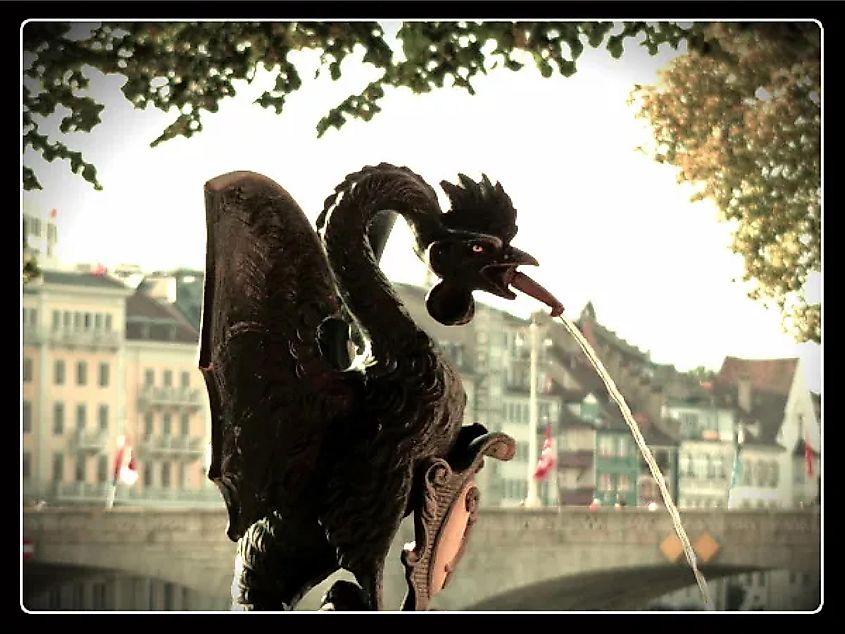
In the city of Basel, Switzerland, a rooster was put on trial in 1474. His crime? The rooster was said to have committed, in the words of the prosecution, “the heinous and unnatural crime of laying an egg”. You might be wondering why this was such a big deal, aside from the fact that it would be a miraculous and unnatural event. The local population believed that an egg born from a rooster could be used in witchcraft, or worse, hatch into a cockatrice. A cockatrice is a winged, 2-legged lizard with the head of a rooster that can (allegedly) kill a person by looking at them.
The news caused widespread fear among the community. To quell the panic, the authorities swiftly condemned the rooster to death by fire – a sentence they carried out in public with much ceremony. It is unclear, however, whether or not the prosecuting authorities actually believed in the crime they charged the poor rooster with.
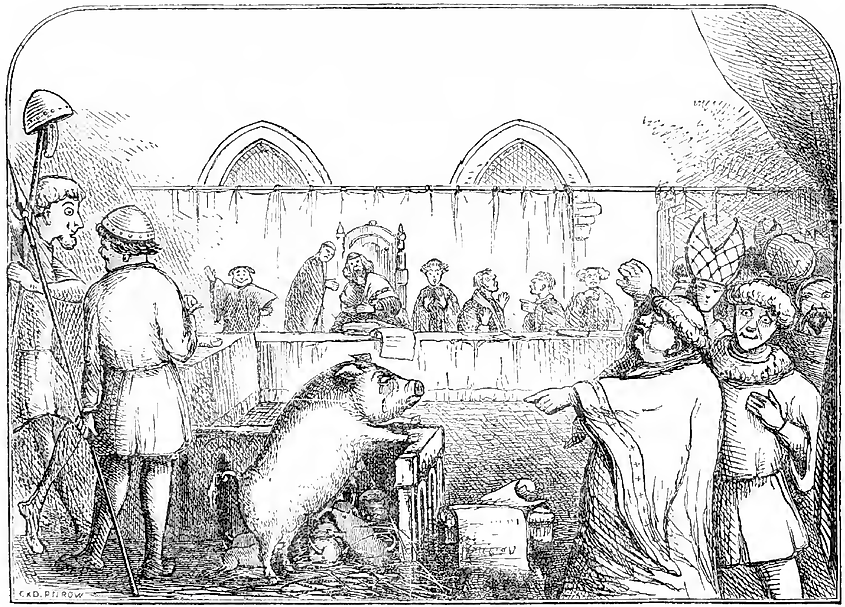
This is not the only case of animal trials held in medieval Europe. Trials of pigs, rats, donkeys, and other animals were sometimes taken seriously by courts, arguing about the nature of animal agency and whether or not they are fit to stand trial. At times, local authorities would use animal prosecutions to calm the public, holding, for example, trials of rats for eating local crops and spreading disease.
In one particularly well-known case, French lawyer Barthélemy de Chasseneuz successfully argued that his clients, a group of rats, cannot attend court because of the dangers they face on the road. It is also reported that he used this same argument in defence of later (human) clients, arguing that they must be protected by the state in order to attend their hearings.
Salem Witch Trials
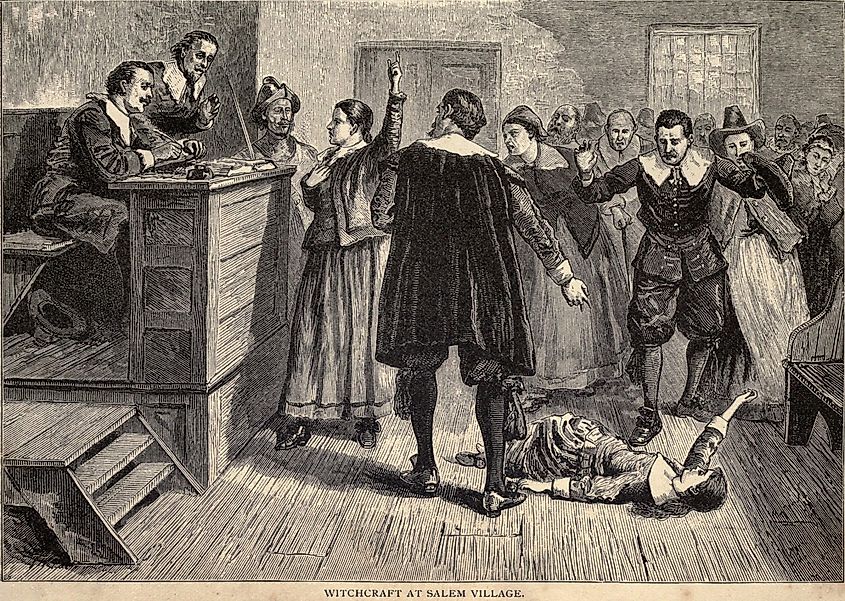
You’ve probably heard of the Salem witch trials, which were a series of trials held in colonial Massachusetts in the years 1692 and 1693 to root out people suspected of witchcraft and working with the devil. Witch trials had been spreading throughout Europe between the 12th and 18th centuries, but the trials at Salem are the most widely known and severe instances of Anti-witch hysteria in North America.
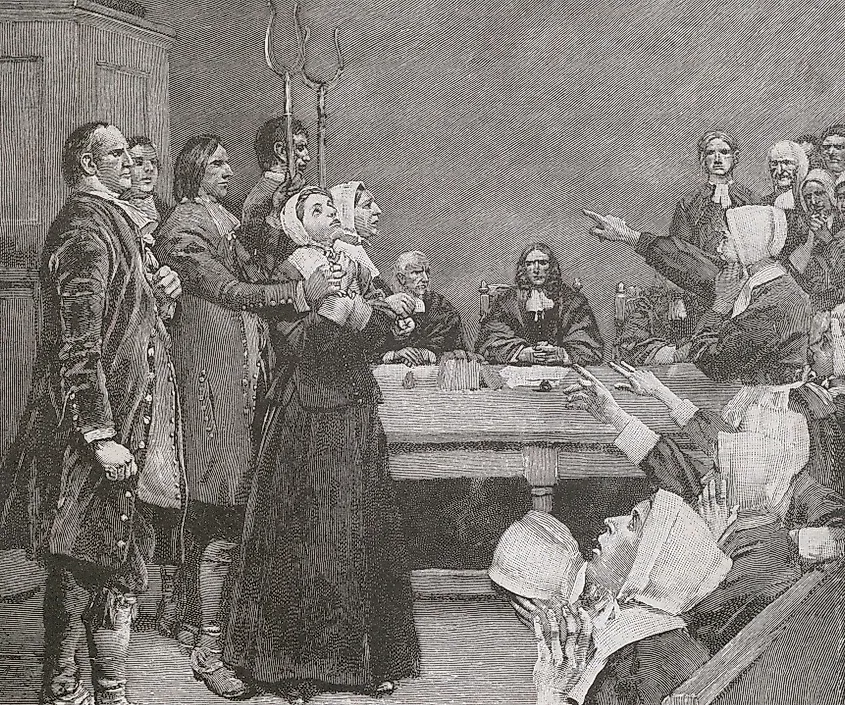
The trials were led by local magistrates and courts that would evaluate people who were accused of witchcraft. Evidence was gathered based on the testimony of both the accused and accuser, but many of the accused were condemned after having admitted to seeing evil spirits. Hundreds of people were accused and tried for witchcraft, around 80 % of them women. In total, 14 women and 5 men were sentenced to death, while 1 man was slowly crushed to death, and around 5 others died in prison.
Only a few years after the trials’ conclusion, the courts began to acknowledge errors made in the trials, and convictions were overturned 9 years later.
The Trial of The Statue of Theagenes of Thasos
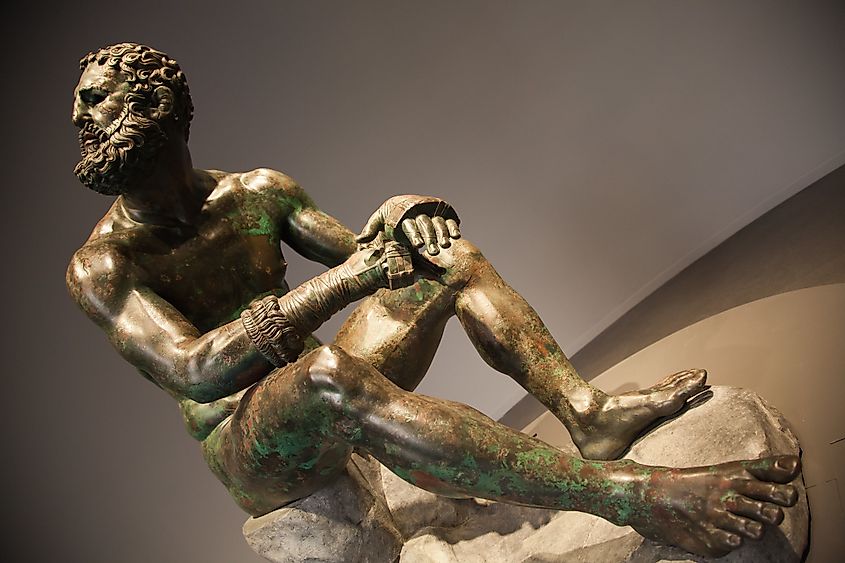
Theagenes of Thasos was an athlete in Ancient Greece. He was exceptionally skilled at boxing, running, and pankration, a form of wrestling commonly played at the time. He gained fame throughout Greece for showcasing his skills at the Olympics, where he often beat his opponents and won several awards. In tribute to his athletic prowess, the people of Thasos erected a bronze statue in his honor following his death.
It is said that after his death, a disgruntled former opponent would visit the statue every day and beat it, supposedly as a form of posthumous humiliation and revenge. He shoved and beat the statue so severely that one day, he toppled it over. The statue fell on the man, crushing him to death.
His sons, not ones to let such injustices go unpunished, sued the statue. This was not unheard of in Ancient Greece. In fact, the Greek orator Demosthenes documented the existence of the Prytaneum, a court set up specifically to try inanimate objects for murder and other crimes. Theagenes’s statue was tried, found guilty, and thrown in the ocean by way of punishment. The story goes that later, the statue was retrieved at the request of the Oracle of Delphi, a Greek priestess who was said to know the future.
The Trial Of Jean De Carrouges And Jacques Le Gris Of 1386
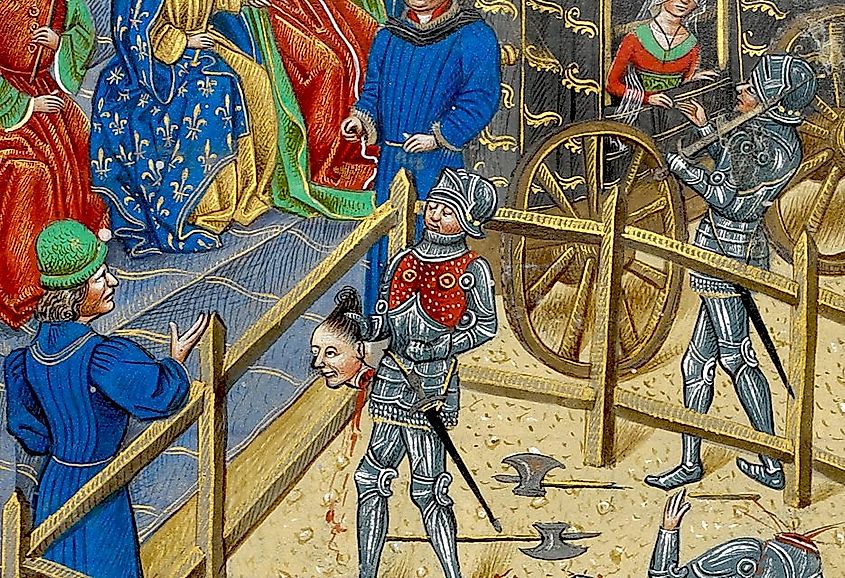
This trial is notable for being one of the last trials by combat in France. A trial by combat is a form of trial known as trial by ordeal, which determines the guilt or innocence of the accused by exposing them to painful (and often deadly) experiences. Specifically, a trial by combat allows each side of a case to fight to the death, with the consider considered to be condemned by God.
The trial began when Sir Jean De Carrouges accused his former friend Sir Jacques le Gris of raping his wife, the lady Marguerite. He took up the case with Charles VI, the King of France at the time, who in turn referred it to the French Parliament. After hearing months of arguments and evidence, parliament decided that they cannot rule one way or another, and declared a trial by combat. They decided that, were Sir Jean to lose, his wife would also be executed for perjury, as she was the first to accuses Sir Jacques of rape.
The duel itself was an event of great importance and public intrigue, as trials by combat had already become rare by that time. Thousands were said to have attended the duel, including the king himself and other members of the royal family. It ended with the death of Le Gris, which meant that De Carrouges and Marguerite were declared innocent of perjury.
We have certainly come a long way from prosecuting animals, objects, and dead bodies. It is important to note, however, that these trials were not always simple oddities that should be dismissed. They were a reflection of the society that created them, and have shaped how humanity views justice and fairness in the eyes of the law.


 Users Today : 169
Users Today : 169 Total views : 468570
Total views : 468570